Key in a search term below to search our website.
Key in a search term below to search our website.
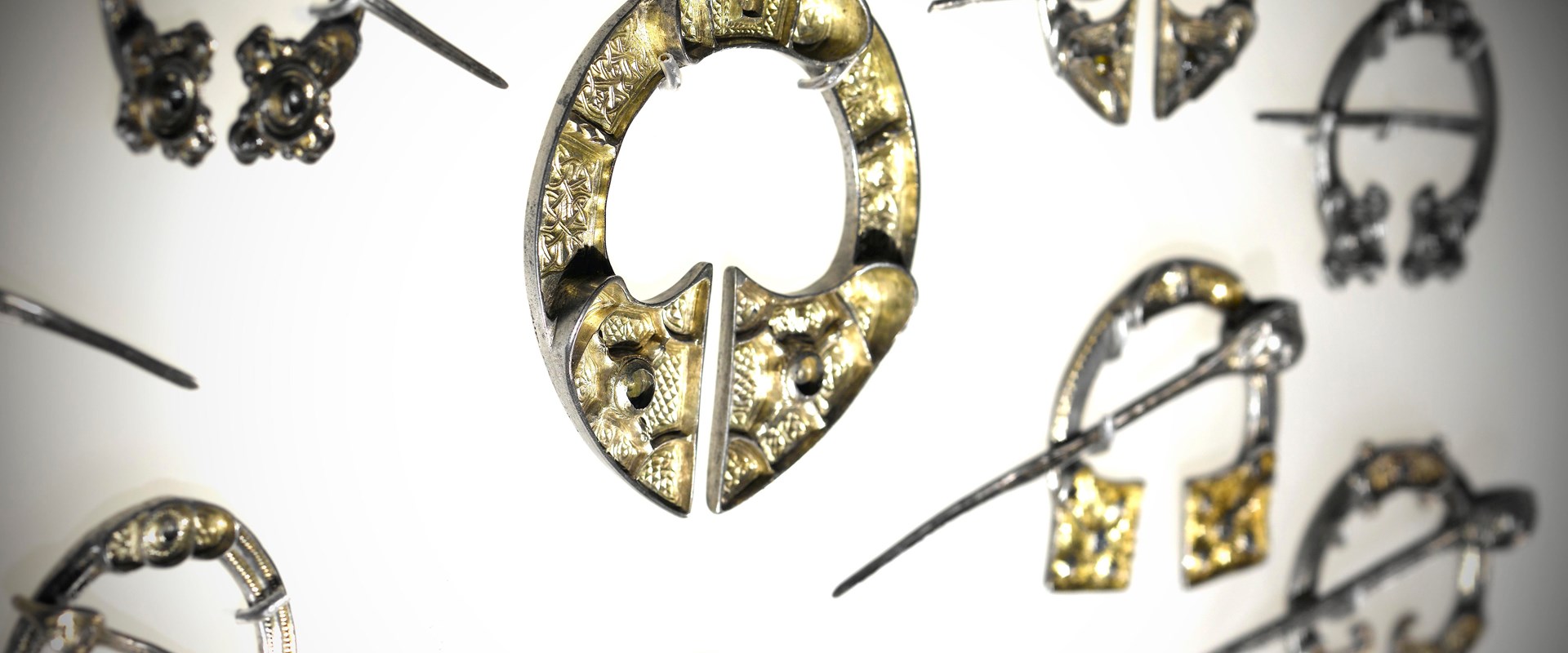
Unearth a fascinating Pictish treasure trove.
Date
c.750–825 AD
Found
4 July 1958, in St Ninian’s Isle, Shetland
Made from
All the objects are made from silver, aside from a fragment of the jaw bone of a porpoise, which was also discovered with the hoard.
Number of pieces
28
Acquired
Acquired from Treasure Trove
Museum reference
On display
Early People, Level -1, National Museum of Scotland
Did you know?
The treasure is the only Scottish hoard of fine metalwork of this date to survive in its entirety.
This fascinating hoard of treasure was discovered during excavations on St Ninian’s Isle, Shetland, in 1958. It consists of 28 silver and silver-gilt objects, all decorated, made during the second half of the eighth century. Most of the objects are considered to be Pictish, which means they would have been made and used in the eastern and northern areas of Scotland.
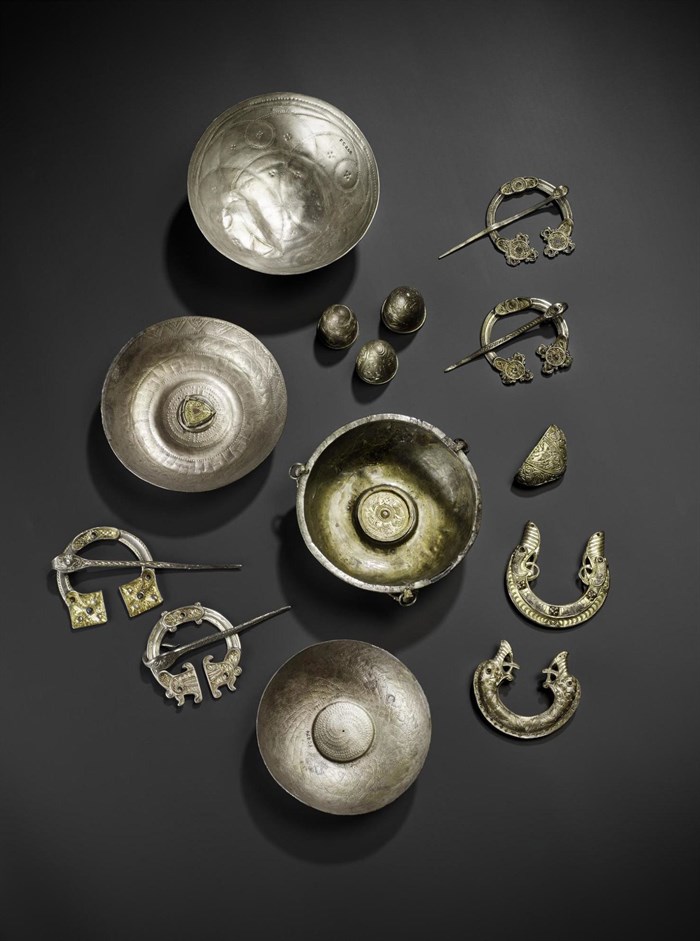
The treasure was discovered on 4 July 1958 by a schoolboy called Douglas Coutts, who was taking part in excavations of the medieval church that had once existed on the island. Coutts found the treasure in a wooden box, buried under a slab marked with a cross. It is generally assumed that the treasure was hidden beneath the floor of an earlier chapel.
The treasure may have belonged to a local religious community, or it may be the valued items of an aristocratic family. The pieces are not all of the same date, and the collection may have been put together over several generations. Without access to safe deposit boxes, burying your valued items in the ground at times of stress was probably the best option.

Above: Brooch from the St Ninian's Isle hoard.
The contents of the treasure fall into three groups: items connected with feasting, weapons and jewellery. All three groups are integral to expressions of aristocratic wealth in early historic Scotland.
There are seven feasting bowls and a more elaborate hanging bowl, along with a spoon decorated with a dog’s head and a curved prong that was perhaps used for eating shellfish.
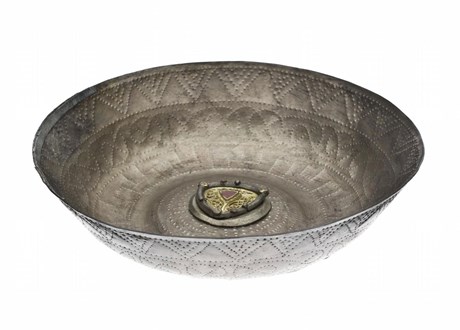
Above: Bowl from the St Ninian's Isle treasure.
It seems likely that the decorative elements discovered in the hoard were removed from weapons before burial. They may all be from swords. Representations on Pictish stones show that swords were a clear symbol of rank.
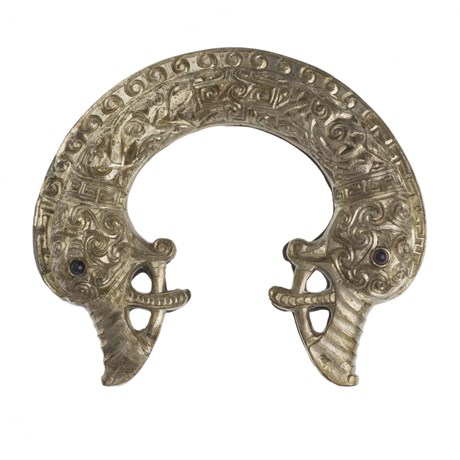
Above: Silver-gilt chape from a sword scabbard.
There are also twelve brooches in the treasure. In early historic Scotland, brooches such as these did much more than act as cloak fasteners. The size and quality of the decoration signified the wearer’s status and position in society. The number and quality of the brooches found strengthens the suggestion that the treasure came from an aristocratic household.
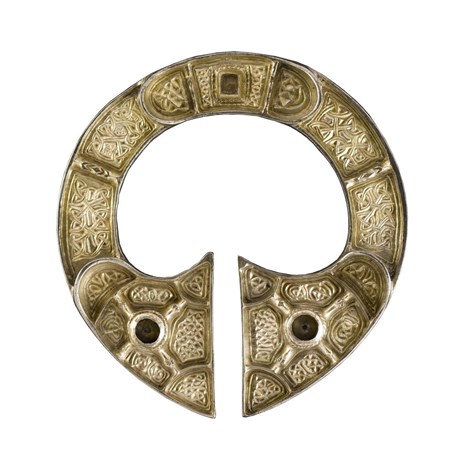
Above: Brooch from the St Ninian's Isle treasure.
The treasure may have been buried at the end of the 8th or beginning of the 9th century AD, when Viking raids on Scotland first began. Alternatively, as the objects show signs of significant use, they may have been hidden centuries later.